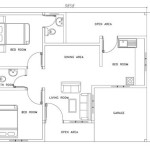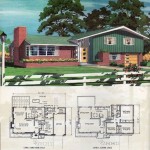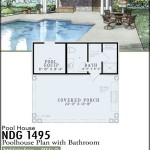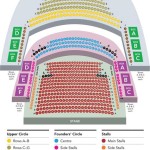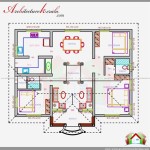Essential Aspects of Sparrow Bird House Plans
Creating a welcoming abode for our feathered friends is a rewarding endeavor, and for those interested in attracting sparrows, crafting a well-designed birdhouse is crucial. Here are some essential aspects to consider when creating sparrow bird house plans:
Dimensions: Size matters, and for sparrows, a birdhouse with an internal measurement of 4" x 4" x 6" (width x depth x height) is suitable. Ensure the entrance hole is approximately 1.25" in diameter, as this allows easy access for sparrows while deterring larger birds.
Ventilation: Adequate ventilation is vital for the well-being of birds, preventing condensation buildup and maintaining proper airflow. Incorporate vents at the top or sides of the birdhouse to ensure proper ventilation.
Drainage: Moisture can be detrimental to birds, so providing drainage is essential. Drill small drainage holes in the floor of the birdhouse to allow water to drain out, ensuring a dry and comfortable environment for its avian occupants.
Roof: A well-designed roof protects the birdhouse from the elements. Opt for a sloped roof with overhanging eaves to prevent water from entering and promote drainage. Consider using durable materials such as cedar or pine to ensure longevity.
Mounting: Proper mounting ensures stability and accessibility. Determine the location of the birdhouse carefully, selecting a spot that offers protection from predators and unfavorable weather conditions. Use strong mounting hardware to securely attach the birdhouse to a post, tree, or wall.
Materials: The choice of materials is crucial for durability and bird safety. Avoid using treated wood or materials that may contain harmful chemicals. Natural, untreated wood such as cedar or pine is a suitable option due to its resistance to decay and insulation properties.
Cleaning and Maintenance: Regular cleaning and maintenance are essential to maintain a healthy environment for birds. Periodically remove old nesting material, disinfect the birdhouse with a mild bleach solution, and inspect it for any damage or repairs.
Remember, providing a suitable birdhouse for sparrows not only contributes to their well-being but also adds a touch of nature and beauty to your surroundings. By following these essential aspects, you can create an inviting and comfortable home for these charming avian visitors.

Bird House Plans Houses Free

Free Bird House Plans Bluebird Purple Martin Wren More

Birdhouse Plans Easy One Board Diy Project Projects Patterns Monograms Designs Templates

Free Easy Diy Wood Birdhouse Plans

Wren Birdhouse Plan And Instructions Birdhouseplan Com

The Wildlife Garden Build Nest Boxes For Wild Birds Osu Extension Service

Plans Birdhouse For Bluebirds Grinder Jig Bird House Free Bluebird

House Finch Birdhouse 70birds Plans Index

Purple Martin Bird House Plans 16 Unit Construct101

Birdhouse Plans 70birds Index

